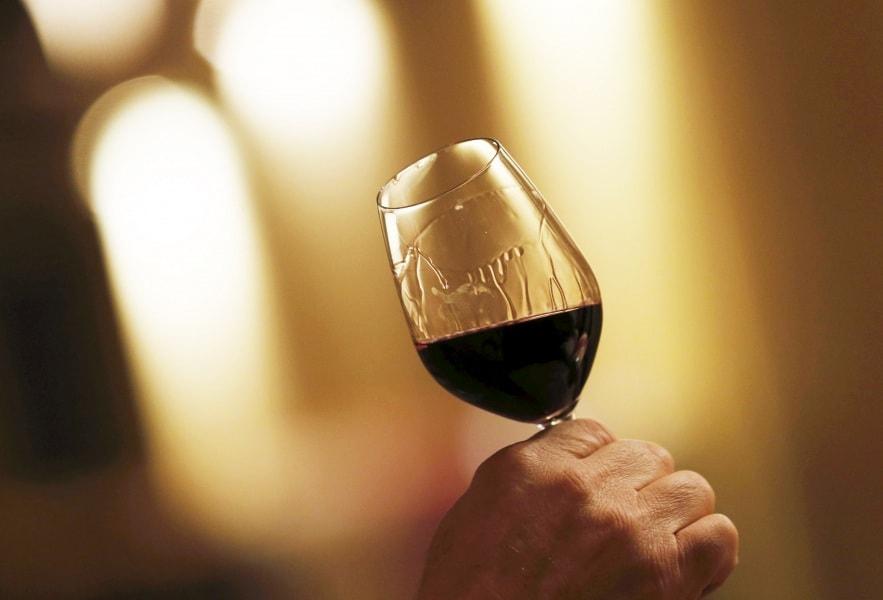Many are convinced that tasting wine is difficult and not within their reach, but even the less experienced can learn with a few tricks to taste wine.
sensory analysis
Tasting wine means to analyze it through the sense of vista, dell’smell he was born in want, and this serves to evaluate its quality. Tasting wine means learning to know it, to understand it. Through tasting you learn to recognize smells, aromas, flavors. There are flavors that take us back in time, activate sensory memories, emotions.
A wine can make us relive a past experience, a dish cooked by our mother when we were little, a spring day spent at the house in the countryside, a trip to the sea.
Now that we know why the wine is tasted, let's see what we need to be able to taste it: we need a bottle of wine, a well -cleaned (but without soap) glass, a sheet of white paper and a notebook for the notes.
The sight
First we carefully observe the wine while poured into the glass, then we bring the glass to the eye height to be able to evaluate the transparency, the clearness and the eventual fizz.
At this point we take our sheet of white paper and approach it to the glass to evaluate theintensity of wine, his tone the shades color.
Once the color has been analyzed, we rotate the glass in order to win the walls. We will notice the formation of a ring of liquid from which drops that flow along the glass of the chalice descend. This phenomenon is more easily observed in wines rich in ethyl alcohol. For example, in fact, lighter wines, such as Vernaccia di San Gimignano slide quickly, while heavier ones, such as Nobile di Montepulciano remain longer on the sides of the glass. Many names have been given to this phenomenon, in Italian we speak of “archetti”, in English of “legs”, in French of “tears”, in German of “church windows”.
smell
We bring the glass to the nose and inhale intensely and with our eyes closed, marking on the notebook whatever comes to mind or reminds us of that smell. The smells of wine are of various kinds, their classification is made by association with natural smells already known, such as i flowers, i fruits, the herbs.
We slowly rotate the glass on itself so as to release the fragrant substances of the wine. Its scent can be associated with della fruit fresh or dried, such as pears or almonds, it can recall the taste of cherries or even that of leather, of the plaster or wood. For example, the Chianti Classico has floral notes combined with a character of red fruits, the Vermentino La Mora has hints of succulent summer fruit with ripe pulp and yellow flowers. Chianti Natio has an intense aroma of fresh fruit with hints of spice, reminiscent of cherry, blueberry and plum.
The taste
After having smelled it, we can finally taste it.When tasting the wine, you have to sip a small amount at a time, holding it in your mouth for a few seconds to capture all the taste sensations. In order to taste wine correctly, one must try to notice the initial taste, intermediate and finale. There are four basic flavors that our language is able to recognize: dolce, amaro, acid, salty. Quality wines have a good balance between acidity, alcohol and tannins.
Just a few moves to become a wine expert, so much so as to prove much simpler than expected. Now that you know how to taste the wine, don't forget to enjoy it. Wine is above all a pleasure!
At this point you wait to find out how to combine wine?




